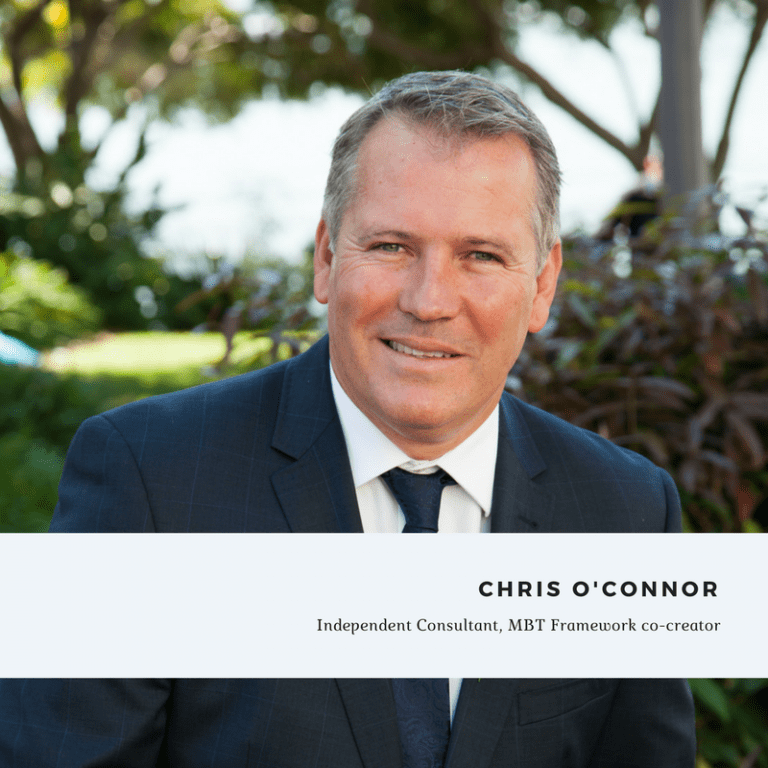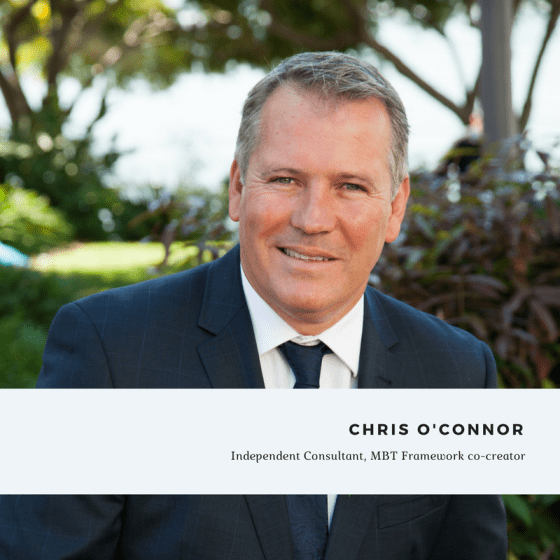For as long as I can remember in my professional career (and that’s quite a long time) CEO’s have told their troops “Innovate or die!” It’s certainly not a new call to arms.

Humans are curious and ambitious creatures. We’re constantly seeking out new, better ways to do things. We take advantage of new discoveries and apply them in some novel way that overturns the status quo.
We’re constantly trying to achieve things we’ve never successfully done before, such is our collective ambition. Innovation is definitely in our DNA.
So why all of the focus of late regarding innovation and the pressures on modern organisations?
We seem to believe that around every corner there is a twenty-something able to disrupt our entire business with the stroke of their keyboard. We seem to believe that large traditional organisations must move with the svelte dexterity of Rudolf Nureyev (look him up twenty-somethings) if they are to survive in today’s digital world.
But, is this the reality we’re in? Is there really enough of an existential threat and more importantly, opportunity to cause stable and profitable organisations to turn themselves upside down in the pursuit of a better way, a new way?
You bet there is.
Technology is bringing to bear such formidable capability that what once took a small army of people can now be done by just a handful and with few of the constraints placed on their more traditional counterparts. Banking, Insurance, Superannuation, Government, Health, Agriculture, Mining, Transportation, Media, Travel, Personal Services to name a few are all experiencing, or are about to experience, a seismic shift in their industry due to innovative advances in technology. But I’m stating what is becoming obvious to anyone who is taking notice.
Technological innovation is changing the way we live, work and play. The speed of the change is increasing and the biggest changes are yet to come.
So, what if you’re one of those stable organisations that’s getting caught in the crossfire of innovation and change? You’re probably well aware of the threat and the opportunity it presents. You know what technological advancements you want to take advantage of and you know that your competitors (some have never been competitors before) are doing the same.
In short, you know what you should be doing, but your real problem is often how to change your organisation’s operating model so that you can become one of the innovative, nimble (not necessarily small) organisations that will dominate most industries.
This is the problem that interests me. As a consultant focusing on transformation and change, how can I contribute in our efforts to make Australian business competitive in a world that’s changing so rapidly?
Earlier this year I came across a rapidly growing organisation with very big plans. They had set out to build a transformation framework that supports innovation as the core of an organisation’s operating model.
Plenty of those around right? Yes, but almost all stop short of providing the tools and platforms to make it real. They often stick to the conceptual, where it’s safe.
The attraction of Modern Business Transformation (MBT) is that it goes right to the “how” of the problem.
It focuses on three key areas:
- Establish an Innovation Cycle and embed it into the centre of the operation
- Introduce an agile work method that unites the business and technology functions so that change can be reflected in work practices
- Implement a low-code semi-automated technology platform that can keep pace with the business
By doing so, MBT addresses many of the concerns I’ve personally had with other transformation models.
I’m now working with the team to develop the MBT framework further, to make it practical and implementable in real world business situations. And in doing so, my genuine hope is that we can contribute to the success of our businesses and organisations in a very changeable world.
About the Author
Chris O'Connor
Independent Consultant
MBT Independent Consultant, Chris O’Connor is focused on helping organisations to find the right mix of innovative practices, operational agility and organisational maturity. Chris has over 25 years of experience working with small and large organisations in a variety of industries and experiencing the common problems that the need for change brings. His experience includes organisational transformation, culture and performance, operational change program, innovation and agility, technology lead change initiatives and business and technology integration.
Related Posts

Change: Overdone short-term & underdone long-term?
The title is an adapted version of Bill Gates’ now famous quote “We always overestimate the change that will occur in the next two years…
Read More
The case for innovation
If the threat of being outperformed by new market entrants isn’t motivation enough to invest in innovation, the financial returns companies stand to gain from doing so, should be.
Read More

